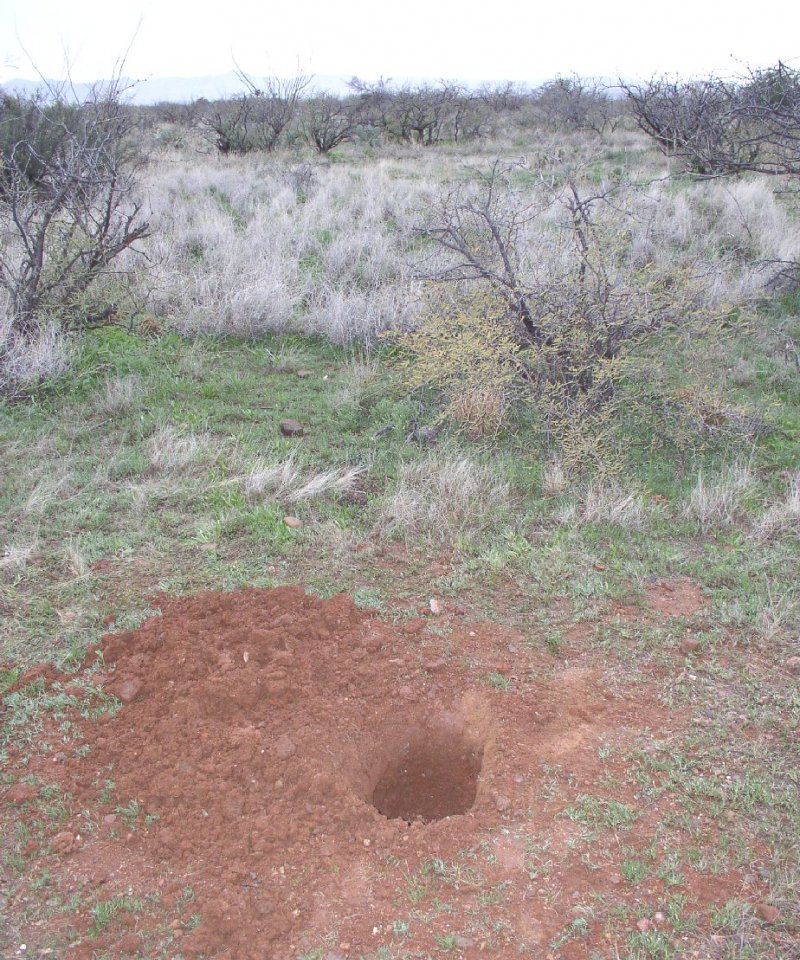
Clay Loam Upland 12-16" p.z.
Scenario model
Current ecosystem state
Select a state
Management practices/drivers
Select a transition or restoration pathway
- Transition T1A More details
- Transition T1B More details
- Restoration pathway R2A More details
- Transition T2A More details
- Transition T2B More details
- Restoration pathway R3B More details
- Transition T3A More details
- Restoration pathway R3A More details
- Restoration pathway R4A More details
- Transition T5A More details
- Transition T5B More details
-
No transition or restoration pathway between the selected states has been described
Target ecosystem state
Select a state
Submodel
Description
With continuous grazing, palatable perennial grasses like plains lovegrass, blue, black and sideoats grama decrease and species like tobosa and curly mesquite increase. Severe drought can reduce short grasses to very low levels. Drought - fire combinations can reduce perennial grass cover and allow annual herbs to become dominant for a short time (2-4 years) until grasses can recover. Due to heavy surface soil textures, this site can be a inefficient user of intense summer rainfall when the perennial grass cover has been removed or greatly reduced. Mesquite, when present on the site, tends to be shrubby due to the presence of clay horizons at shallow depths.
Submodel
Submodel
Submodel
Mechanism
yearlong heavy grazing coupled with drought or burning
Mechanism
non-native seed introduction, brush management, prescribed grazing
Mechanism
brush management, mechanical land treatment, seeding, prescribed grazing
Mechanism
yearlong heavy grazing, mortality of seeded species, absence of brush management maintenance
Model keys
Briefcase
Add ecological sites and Major Land Resource Areas to your briefcase by clicking on the briefcase (![]() ) icon wherever it occurs. Drag and drop items to reorder. Cookies are used to store briefcase items between browsing sessions. Because of this, the number of items that can be added to your briefcase is limited, and briefcase items added on one device and browser cannot be accessed from another device or browser. Users who do not wish to place cookies on their devices should not use the briefcase tool. Briefcase cookies serve no other purpose than described here and are deleted whenever browsing history is cleared.
) icon wherever it occurs. Drag and drop items to reorder. Cookies are used to store briefcase items between browsing sessions. Because of this, the number of items that can be added to your briefcase is limited, and briefcase items added on one device and browser cannot be accessed from another device or browser. Users who do not wish to place cookies on their devices should not use the briefcase tool. Briefcase cookies serve no other purpose than described here and are deleted whenever browsing history is cleared.
Ecological sites
Major Land Resource Areas
The Ecosystem Dynamics Interpretive Tool is an information system framework developed by the USDA-ARS Jornada Experimental Range, USDA Natural Resources Conservation Service, and New Mexico State University.


